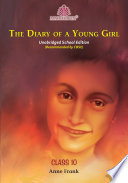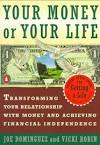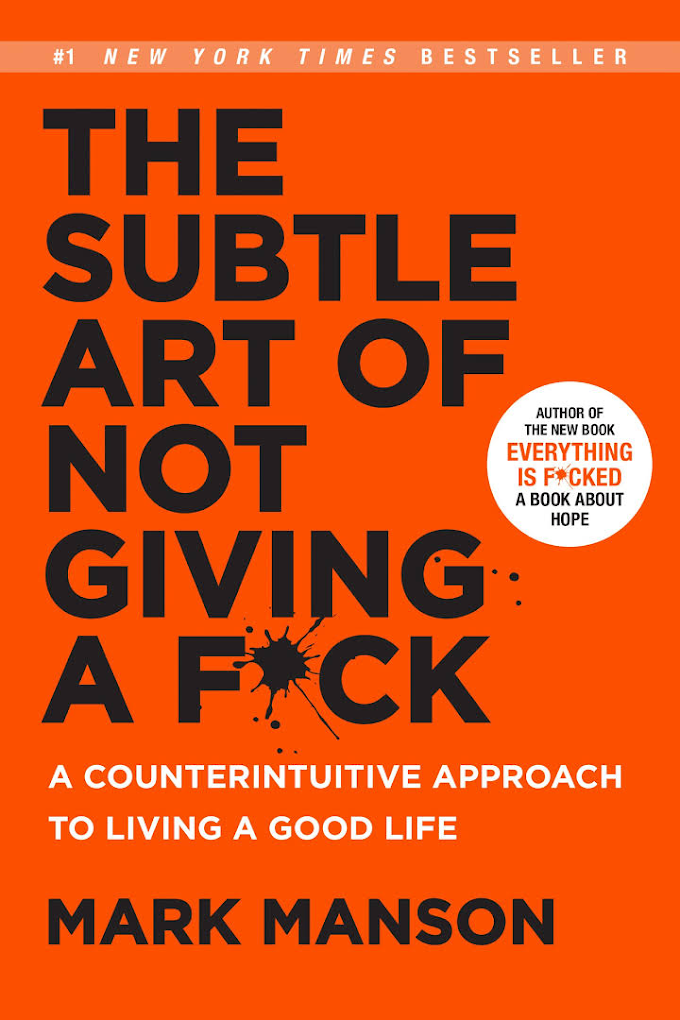"The Diary of a Young Girl" is a book written by Anne Frank, a Jewish girl who lived in Amsterdam during the Holocaust. The book is a personal diary that Anne wrote while she and her family were in hiding from the Nazis. The diary covers a two-year period from 1942 to 1944, during which Anne writes about her thoughts, feelings, and experiences as she grows from a young girl into a teenager.
"The Diary of a Young Girl" is a book written by Anne Frank, a Jewish girl who lived in Amsterdam during the Holocaust. The book is a personal diary that Anne wrote while she and her family were in hiding from the Nazis. The diary covers a two-year period from 1942 to 1944, during which Anne writes about her thoughts, feelings, and experiences as she grows from a young girl into a teenager.
The book begins with Anne introducing herself and her family. She has an older sister, Margot, and her parents, Otto and Edith. Anne describes her family as being close-knit and loving, despite the difficulties they faced in their daily lives. She also writes about her friends, including her best friend, Jacqueline, and her crush, Peter.
Throughout the diary, Anne writes about the difficult conditions of living in hiding. The family and their friends were forced to live in a small, cramped annex in the back of her father's business. They were constantly worried about being discovered by the Nazis and had to be quiet during the day to avoid detection. Despite these hardships, Anne tries to find joy and positivity in her daily life. She writes about her love for nature, reading, and writing. She also writes about her hopes for the future and her dreams of becoming a writer.
As the diary progresses, Anne becomes more reflective and introspective. She writes about her struggles with growing up and her changing relationships with her family and friends. She also writes about the larger political and social issues of the time, including the persecution of the Jews and the war. Anne's writing is honest and raw, and she writes about her feelings of fear, anger, and hopelessness. But she also writes about her determination to remain hopeful and her belief in the power of the human spirit.
One of the most powerful themes in the diary is Anne's growing awareness of the Holocaust and the atrocities being committed against the Jews. She writes about the deportations of Jews from Amsterdam and the growing sense of fear and despair among her community. She also writes about her own identity as a Jewish person and her feelings of isolation and discrimination. Despite her own struggles, Anne remains determined to stay strong and to never give up hope.
Throughout the diary, Anne's writing is both personal and universal. She writes about her own experiences and feelings, but her writing also speaks to the larger human experience. The diary is a powerful reminder of the resilience of the human spirit and the importance of hope and compassion in difficult times. The book is an important historical document that provides a unique and personal perspective on the Holocaust. It is also a powerful reminder of the human spirit and the resilience of the human soul in the face of adversity.
The diary ends abruptly as the family was arrested by the Nazis and sent to concentration camps. Anne died in Bergen-Belsen concentration camp at the age of 15. The diary was discovered by Miep Gies, one of the people who helped hide the Frank family, after the war and was published in 1947. It has since become one of the most widely read and translated books in the world. It is also considered one of the most powerful and moving testimonies of the Holocaust and a powerful reminder of the importance of tolerance and understanding.
In conclusion, "The Diary of a Young Girl" is a book that has become a classic of literature and history. It is a powerful and moving testimony of a young girl's life during one of the darkest periods in human history. It is a reminder of the resilience of the human spirit, the importance of hope, and the power of the written word to transcend time and place. The book is not only a historical document but a window into a young girl's mind, heart,
The book begins with Anne introducing herself and her family. She has an older sister, Margot, and her parents, Otto and Edith. Anne describes her family as being close-knit and loving, despite the difficulties they faced in their daily lives. She also writes about her friends, including her best friend, Jacqueline, and her crush, Peter.
Throughout the diary, Anne writes about the difficult conditions of living in hiding. The family and their friends were forced to live in a small, cramped annex in the back of her father's business. They were constantly worried about being discovered by the Nazis and had to be quiet during the day to avoid detection. Despite these hardships, Anne tries to find joy and positivity in her daily life. She writes about her love for nature, reading, and writing. She also writes about her hopes for the future and her dreams of becoming a writer.
As the diary progresses, Anne becomes more reflective and introspective. She writes about her struggles with growing up and her changing relationships with her family and friends. She also writes about the larger political and social issues of the time, including the persecution of the Jews and the war. Anne's writing is honest and raw, and she writes about her feelings of fear, anger, and hopelessness. But she also writes about her determination to remain hopeful and her belief in the power of the human spirit.
One of the most powerful themes in the diary is Anne's growing awareness of the Holocaust and the atrocities being committed against the Jews. She writes about the deportations of Jews from Amsterdam and the growing sense of fear and despair among her community. She also writes about her own identity as a Jewish person and her feelings of isolation and discrimination. Despite her own struggles, Anne remains determined to stay strong and to never give up hope.
Throughout the diary, Anne's writing is both personal and universal. She writes about her own experiences and feelings, but her writing also speaks to the larger human experience. The diary is a powerful reminder of the resilience of the human spirit and the importance of hope and compassion in difficult times. The book is an important historical document that provides a unique and personal perspective on the Holocaust. It is also a powerful reminder of the human spirit and the resilience of the human soul in the face of adversity.
The diary ends abruptly as the family was arrested by the Nazis and sent to concentration camps. Anne died in Bergen-Belsen concentration camp at the age of 15. The diary was discovered by Miep Gies, one of the people who helped hide the Frank family, after the war and was published in 1947. It has since become one of the most widely read and translated books in the world. It is also considered one of the most powerful and moving testimonies of the Holocaust and a powerful reminder of the importance of tolerance and understanding.
In conclusion, "The Diary of a Young Girl" is a book that has become a classic of literature and history. It is a powerful and moving testimony of a young girl's life during one of the darkest periods in human history. It is a reminder of the resilience of the human spirit, the importance of hope, and the power of the written word to transcend time and place. The book is not only a historical document but a window into a young girl's mind, heart.












